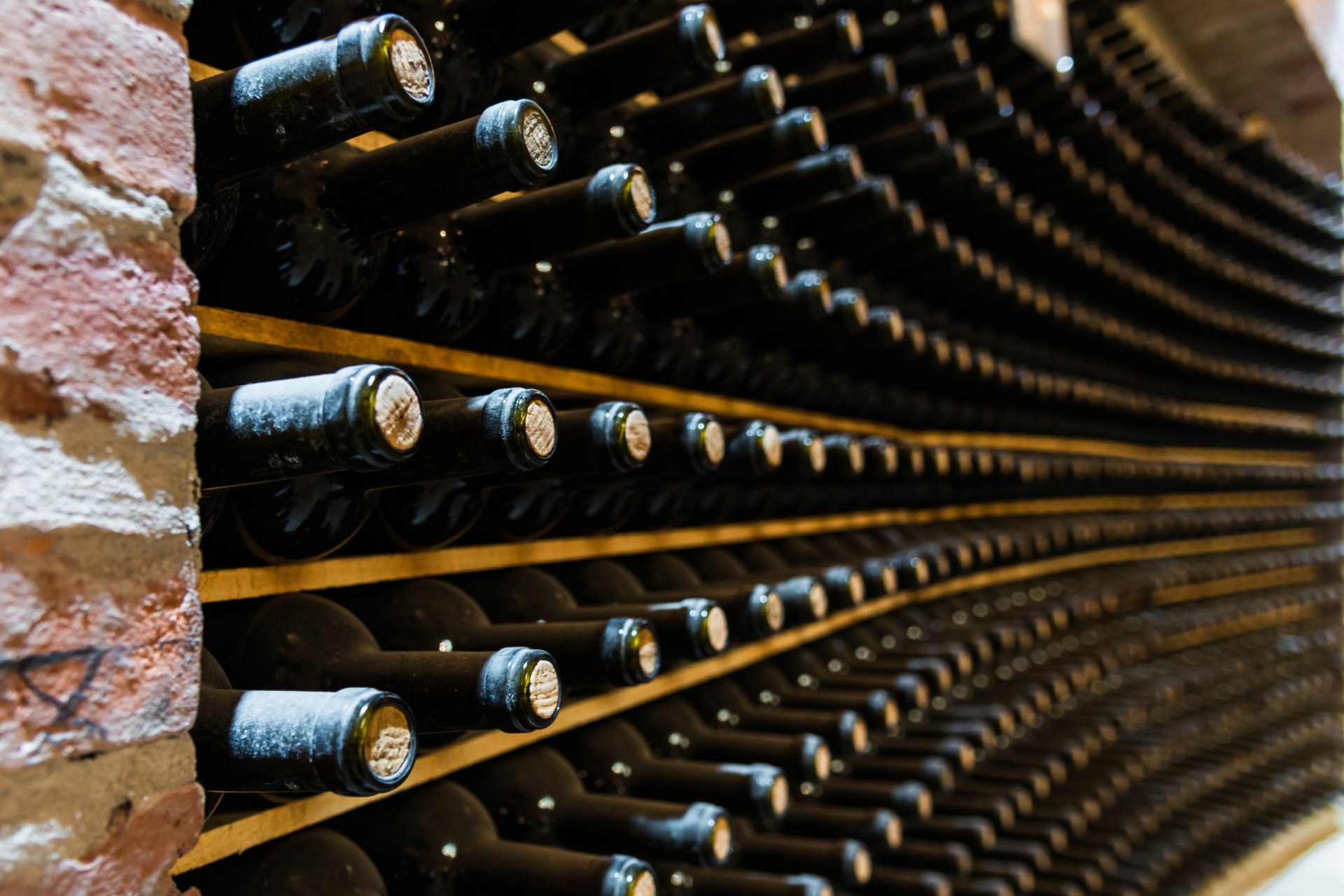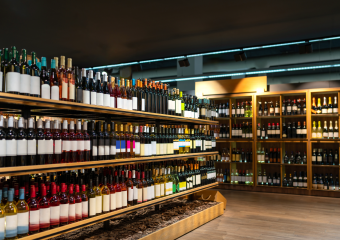How AI Is Reshaping the Global Wine Industry: Trends to Watch in 2025
AI in Viticulture: Optimizing Vineyard Management
Artificial Intelligence (AI) has notably begun to alter how vineyards operate worldwide. By integrating AI with other technologies like IoT (Internet of Things) and robotics, vineyard managers are now able to optimize the care and production of vines. Drones, for instance, equipped with advanced sensors, systematically survey vineyards, assessing vine health, soil conditions, and hydration levels. This data-driven approach not only enhances the precision in vineyard management but also supports sustainable practices by reducing the use of water and chemicals.
Predictive Analytics Enhancing Wine Quality
Another transformative impact of AI is evident in wine production. AI tools analyze vast datasets to predict the best times for harvesting, optimal fermentation processes, and even blend proportions. This capability is particularly significant considering the delicate balance required to produce high-quality wines. Predictive analytics enables winemakers to anticipate the outcomes of their decisions, thus ensuring consistency in taste and quality while also experimenting with new flavors and blends.
AI in Marketing and Consumer Insights
Understanding consumer preferences has become more sophisticated with AI. Wineries are using machine learning algorithms to sift through customer data and market trends, allowing them to tailor their products and marketing strategies more effectively. AI systems analyze social media trends, reviews, and sales data to forecast which types of wine are likely to be popular in different demographics. This targeted approach not only improves customer satisfaction but also boosts sales efficiency by aligning production with market demands.
The Role of AI in Counteracting Climate Change
One of the most pressing concerns in today’s agriculture sectors, including viticulture, is climate change. Fluctuating weather patterns can devastate crops, but AI provides a buffer. Through advanced algorithms, AI helps predict weather conditions and their impact on grape cultivation. This foresight allows vintners to take preventive steps, such as adjusting canopy management or water usage, to mitigate adverse effects.
Enhanced Consumer Experience through AI
AI is not just changing the way wine is produced but also how it is sold and enjoyed. Virtual sommeliers, powered by AI, are becoming a notable trend in the wine industry. These digital assistants recommend wines based on consumers’ past preferences, food pairings, and even mood. Furthermore, AI-driven platforms are now capable of simulating tasting experiences and providing educational content, making wine appreciation more accessible to novices and connoisseurs alike.
Challenges and Considerations
Despite its many benefits, the integration of AI into established practices like winemaking is not without challenges. The high cost of technology and the need for skilled personnel to manage AI systems are significant barriers, particularly for smaller vineyards. Additionally, there’s the matter of data privacy, especially when consumer behavior data is involved, requiring stringent measures to ensure that information is handled responsibly.
The Road Ahead in 2025
As we look towards 2025, the role of AI in the global wine industry is set to expand. Innovations in AI will likely continue to revolutionize every aspect of viticulture and enology, driving efficiency, sustainability, and personalized consumer experiences. While challenges remain, the potential benefits make AI an invaluable tool in the transformative journey of the wine industry.
In conclusion, AI’s impact on the wine industry is profound and multifaceted, affecting everything from grape growing to customer interaction. As technology continues to evolve, the fusion of tradition with innovation promises to bring exciting changes, ensuring the wine industry not only survives but thrives in an increasingly digital world.





